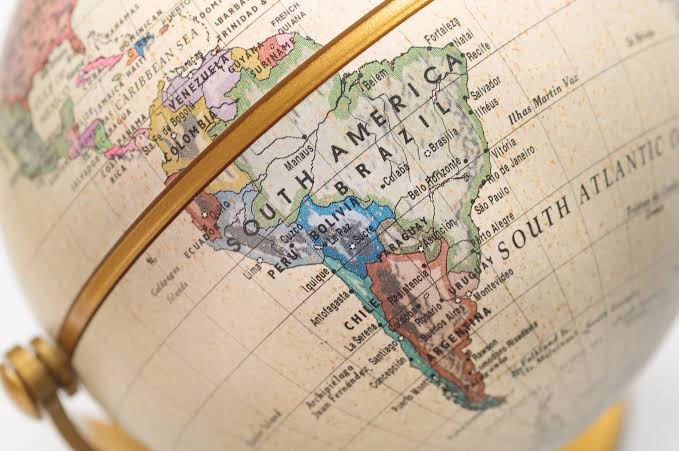RIO DE JANEIRO, BRAZIL – After five years of political crisis, economic problems or trade turbulence, Mexico and Brazil are finally experiencing a time of exchange rate stability. But this phase should not last very long.
The one-month implied volatility for both currencies fell in the fourth quarter amid a trade truce between the United States and China and signs of prolonged interest maintenance by the Federal Reserve.

On the domestic front, approval of Brazil’s welfare reform, Central Bank interventions and Mexico’s trade agreement with the US and Canada (USMCA) helped remove potential uncertainties.
But the key to volatility in 2020 may lie in interest rates. Mexico’s central bank has already cut overnight interest rates by 100 basis points since August.
The market is expecting another one percentage point cut in 2020, although Mexico’s rates remain among the highest in emerging markets. In Brazil, the dollar reached historic highs against the real, when the basic treasury interest rate (SELIC) was at its lowest level ever recorded. The lower appeal of interest rates in both countries could lead to further volatility.
Commerzbank expects the Mexican peso to depreciate below 19 to the dollar after the “euphoria” surrounding the approval of the USMCA in the US Congress has subsided. With disappointing growth and continued rate cuts, the drop in the Mexican currency will likely put pressure on volatility indicators.
“I expect increased volatility next year,” said Ilya Gofshteyn, strategist at Standard Chartered in New York. “Lower yield matrixes suggest that the Mexican peso and Brazilian real will become more vulnerable to higher volatility throughout 2020.

